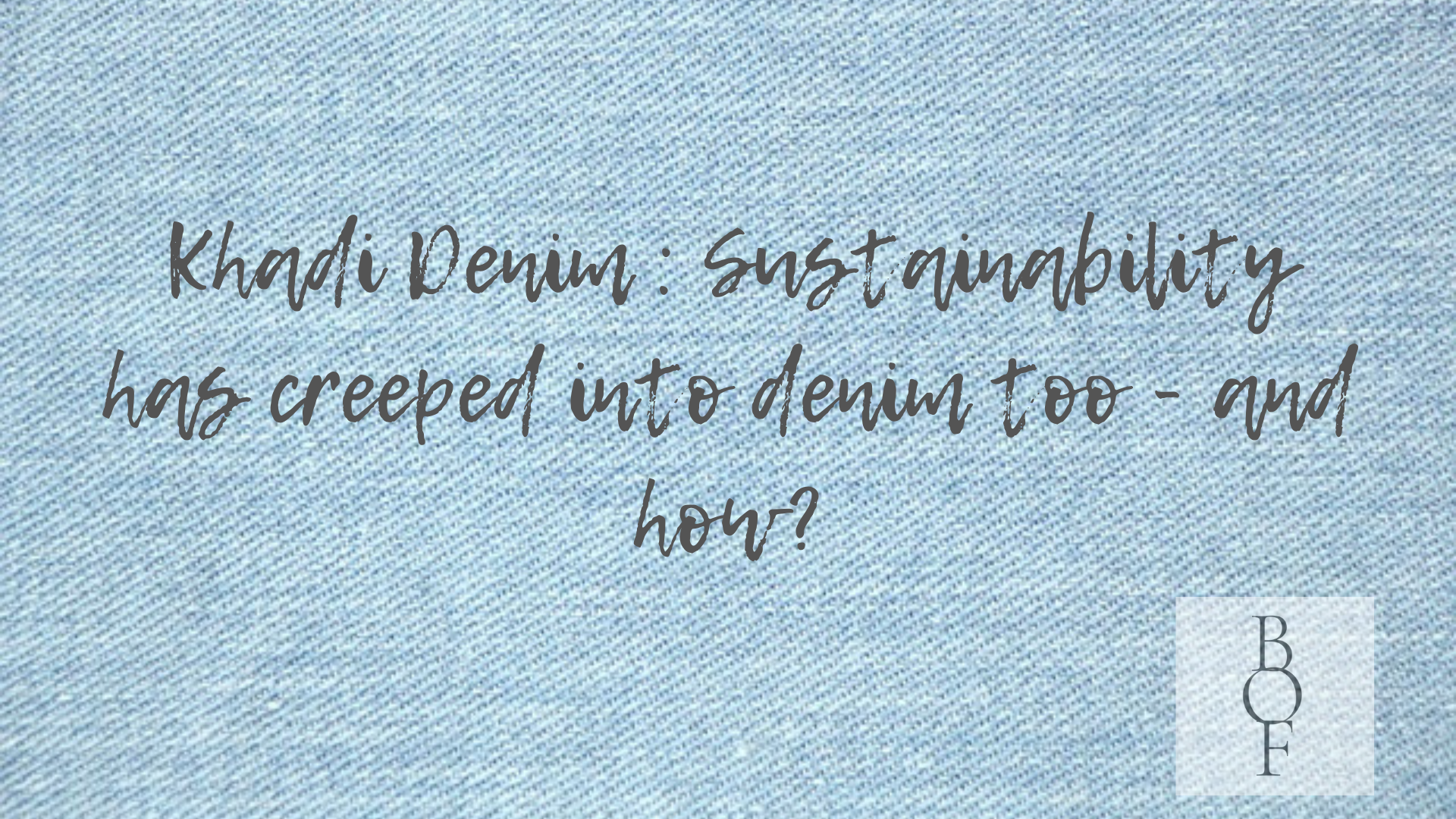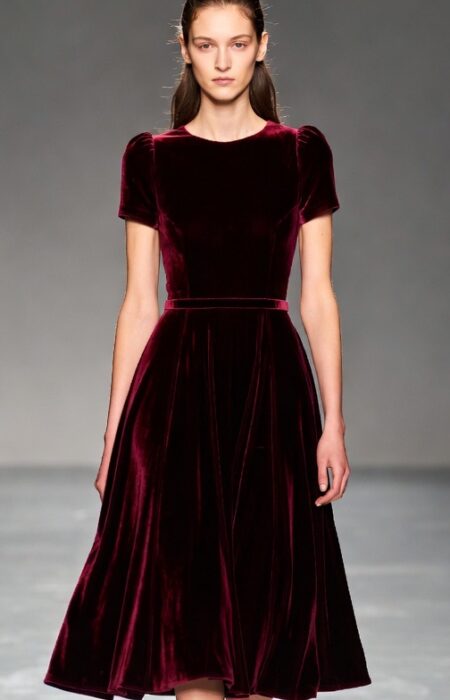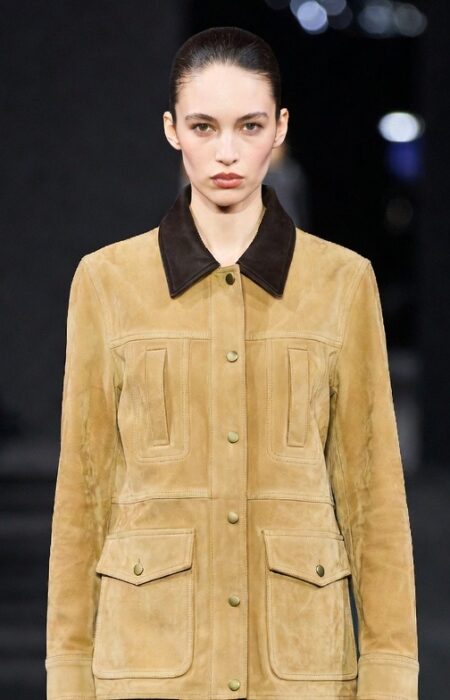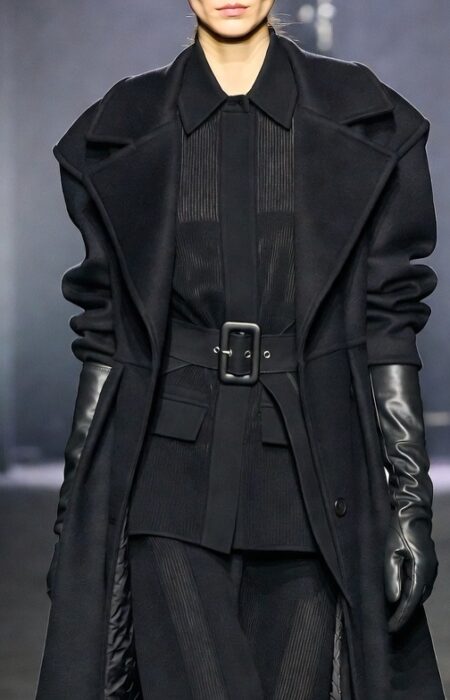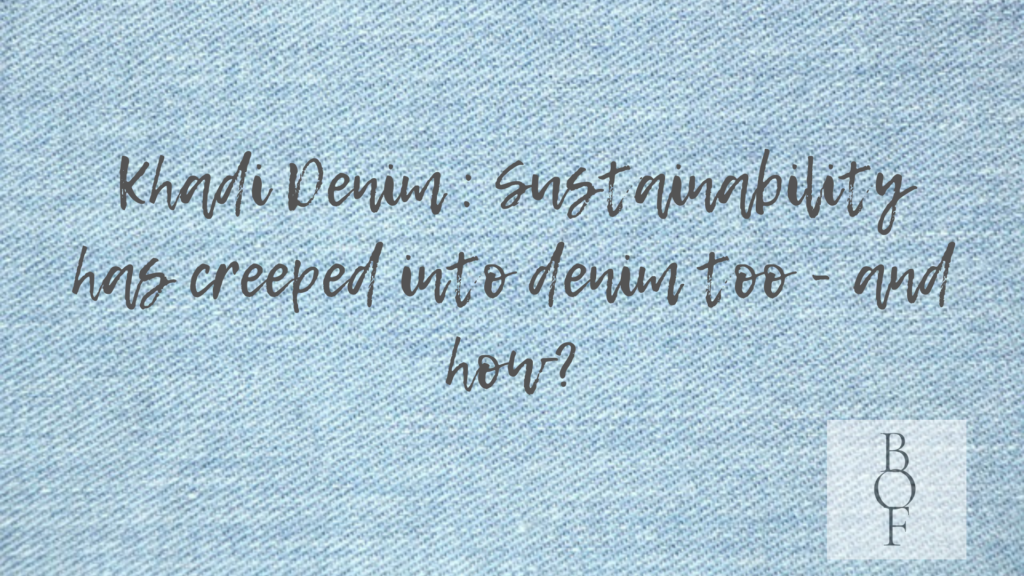
Khadi denim is becoming a popular fashion choice. This fabric comes in a variety of patterns and designs, from well-known designers to online retailers. Additionally, customization is an option.
Traditional denim is not as environmentally friendly as khadi denim. Natural fibres are manually spun into threads to create Khadi denim, which is then handwoven on an antique loom. There is no use of resources like fuel or power because it is done manually. The majority of spinning for regular denim is done by machines, and it takes a lot of energy to make it.
A Hybrid Textile
The two textiles appear to be at odds with one another on paper: one is frequently used for casual pants and jackets, while the other is more frequently linked with formal kurtas and sombre Nehru collars. But that same conflict is overcome with khadi denim. Even the name of this particular denim, “Khadi denim,” is vague. Although both are made of woven cotton, khadi is produced by skilled hands whereas denim is extensively automated. Both Khadi and denim, which are symbols of the working class in America and the average Indian respectively, have their roots in utilitarianism, but denim has gained more popularity while Khadi continues to struggle with its image.
The interesting blending of the two textiles was initially introduced roughly ten years ago, inspired by the need for creativity to highlight the contemporary significance of Khadi. However, there were challenges along the road. Although Indian textiles are well renowned for their twill fabrics, the denim structure required a loom redesign to accommodate the heavier yarns. Adding a weft to indigo warp yarn is a more difficult procedure, therefore the key is in the structure.
The fabric has developed over time to address these issues while also presenting as a unique and exciting development, fusing the slow-growing and environmentally favourable characteristics of khadi with the long-standing associations with denim.
The Innovative Allure
Architects are interested in the uniqueness. Khadi denim particularly interests us because, in contrast to other textiles, denim is transitioning backwards from factories to handlooms.
Due to its slow fashion look, hybrid denim is a great way to start a conversation about the relationship between the fashion industry and climate change. Indian designers are aiming for genuine approaches to the subject, and sustainability is one of their main areas of concentration. Being a break from the denim business, which is infamously unsustainable due to the methods involved in the acid washing and stone washing. You could adopt a different strategy from the herd with this.
This has led to the creation of some incredibly unique items. For instance, the zero-dye Khadi denim jeans from The Summer House takes “farm to fashion” to a whole new level. The handloom khadi denim jeans Karu wears are embellished with embroidered panels and reflective metalwork. The Indian designer’s expertise is khadi denim, and he frequently incorporates natural dyes in his works.
There’s no need to wait for fresh possibilities in streetwear because khadi denim serves the same variety of functions as ordinary denim. Khadi denim is very adaptable because its thickness may be changed. It can be torn or shredded, but I don’t think any designer would do that out of respect for the effort that went into making it.
Commercial Attraction
The visual vocabulary associated with it is at contrast with Khadi in the same way that its genesis is. Mahatma Gandhi fought for economic freedom from British rule, and he backed the fabric known as khadi, which is prized for this reason. However, it is not typically regarded as a trendy substitute. It’s unfortunate that khadi isn’t automatically connected with high-end clothing because handloom is the only other possible source of luxury.
Anything that has been meticulously made, one thread at a time, one weave at a time, must undoubtedly be luxurious. Prominent designers frequently appear on premium brands. Unfortunately, very few customers actually purchase from designers.
In contrast to higher-quality, independently created Khadi denim, people frequently select the less expensive, mass-produced denim from a high street brand. Many people struggle to understand their own culture and the justification for a higher price due to colonial preferences or the propagation of western norms. You should be aware that Khadi denim is expensive due to elements like location and accessibility.




